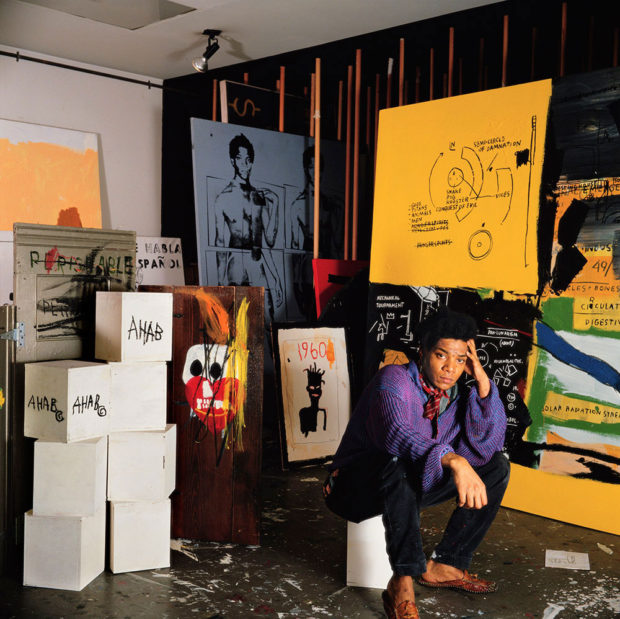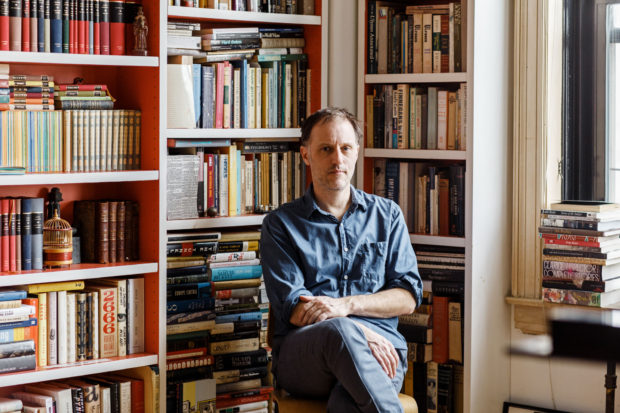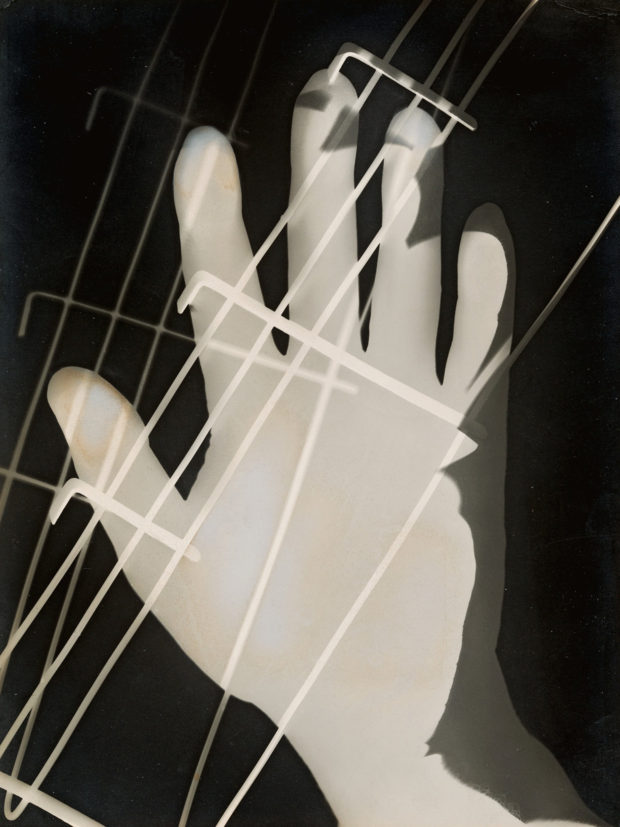
I love this illustration by Klaas Verplancke for the recent ‘Style Issue’ of the New Yorker (which has a fun animated version of the cover on its website).
It works on lots of levels, but it also feels like a bit of nostalgic throwback. People look at their phones these days (although I did see someone with a word search book on the Toronto subway this morning, so some people are keeping it old school at least).
Grid patterns suit the cover of the New Yorker so well though. They work as a representation of Manhattan’s city grid and its skyline, as well as magazine layouts and puzzles. I was reminded me of Sergio García Sánchez’s “Modern Life” cover from a couple of years ago (itself a riff on Piet Mondrian’s New York-inspired painting “Broadway Boogie Woogie“). Chris Ware divided the cover into a comic book (ish) grid during the pandemic too. I’m sure there are more examples. (Grids are good!)












